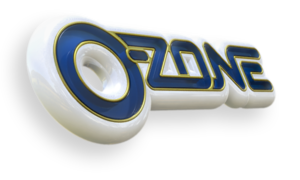Architectural Visualization
It's amazing to compare modern rendering engines like Vray and Mental Ray to the tools we had available to work with in years past. Ten years ago renderers couldn't do physically accurate simulations of light or the way it interacts with various types of surfaces. 3d artists could only mimic these things with virtual smoke and mirrors. To mimic the light from a table lamp would require one light source for light emitting out of the bottom of the lampshade onto the table below, another to mimic the light from the top of the shade projecting onto the wall and ceiling, another for the indirect light bouncing off the table, and a "dark" or two - lights set to negative values - to subtract light from places it shouldn't be. Light couldn't actually emit from the bulb model or pass through the lampshade. Those things had to be faked with texturing tricks. Today, working with modern renderers is more like photography. A model of a lightbulb can actually emit light. That light can scatter through the lampshade and bounce off the table, wall, and ceiling. It can be given a specific color temperature in degrees kelvin and luminance values in lumens to accurately represent the output of any type or wattage bulb. Instead of having to add dozens of lights into a scene to approximate sufficient believable direct and indirect illumination, now we use physically based lights and materials and our virtual cameras have settings for aperture, shutter speed, and ISO. This series of images was created to demonstrate finishing options for a spacious, modern kitchen.






